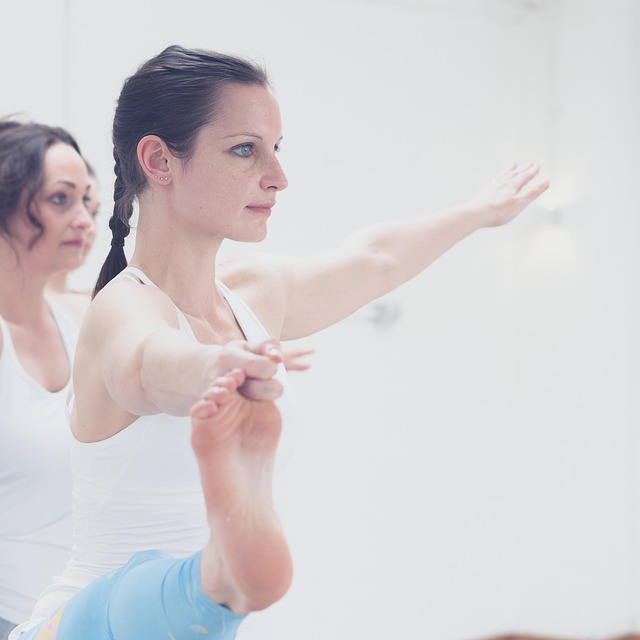When a community gathers, it does not simply share space—it shares stories, emotions, and memories. A camera lens becomes a window into these collective experiences, turning fleeting moments into enduring narratives. In this exploration, we look at how photography and optics serve as instruments of connection, how the act of capturing a scene strengthens communal bonds, and how the humble camera helps communities remember, reflect, and grow together.
The Foundations of Community Photography
At its core, community photography is about representation. It invites participants to see themselves reflected back at them, not through an external gaze but through the familiar perspective of someone within their own group. This shared visual language is built on a few essential principles: inclusivity, accessibility, and storytelling. By ensuring that everyone—from the youngest child to the oldest elder—can contribute, a community’s narrative becomes richer and more authentic.
- Inclusive equipment: affordable cameras, smartphones, and simple lighting kits.
- Open workshops that teach basic composition, exposure, and post‑processing.
- Story‑driven assignments that encourage participants to capture moments that matter to them.
Optics: The Bridge Between Vision and Reality
The optical quality of a camera defines how well it translates the world into an image. For a community that often works with limited resources, understanding optics can unlock a new level of creative expression. Simple lenses—prime or zoom—can reveal depth, contrast, and emotion that raw footage alone cannot. Moreover, learning how to control light, focus, and aperture equips community members with the tools to tell stories that resonate beyond their immediate surroundings.
“When I first learned that a small change in aperture could turn a bland portrait into a masterpiece, I realized that photography was not just about taking pictures—it was about making the world feel alive.” – Maya, community organizer.
Capturing Moments That Matter
In many communities, everyday scenes are often overlooked. A street vendor’s rhythm, a children’s game in a dusty square, or the quiet exchange between neighbors—all of these carry profound significance. Community photographers curate these moments, turning them into visual archives that future generations can revisit. The act of photographing such scenes also fosters mindfulness; participants become more attuned to the subtleties of light, movement, and color that define their environment.
Hands‑On Projects That Strengthen Ties
One effective way communities engage with photography is through collaborative projects. Below are two examples that demonstrate how shared creative efforts build solidarity and elevate local narratives:
- Neighborhood Portraits: Members take turns photographing each other in natural settings. The resulting collection serves as a living gallery that celebrates diversity within the group.
- Time‑Lapse of Seasons: A chosen spot is photographed each month, documenting the changing landscape. This project highlights environmental stewardship and the passage of time as a shared experience.
Digital Storytelling: From Camera to Community Screen
While analog photography offers tactile satisfaction, digital platforms broaden reach and inclusivity. Communities now share images via local bulletin boards, social media groups, or dedicated community websites. The key is to maintain an authentic voice; each image should speak of a shared moment, not just a polished aesthetic. This digital dialogue allows community members to discuss composition, lighting, and narrative, fostering a culture of continuous learning.
Building a Visual Archive
Archiving is an essential practice for any community that values its photographic legacy. Proper storage—whether digital backups or physical prints—ensures that the stories captured do not fade with time. A simple, organized folder structure or a physical album with dates and captions makes retrieval intuitive for future storytellers.
Optical Science in Everyday Photography
Understanding the science behind lenses can transform a casual hobby into a nuanced practice. A lens’s focal length, aperture, and sensor size directly influence depth of field, exposure, and image distortion. For community photographers, mastering these concepts means being able to adapt to diverse shooting conditions—from bright midday light to dim twilight scenes—without the need for expensive gear.
- Short focal lengths for expansive environmental portraits.
- Wide apertures for low‑light situations.
- Telephoto lenses for capturing distant subjects without intrusion.
Practical Tips for Everyday Situations
Community members often find themselves shooting on the go. Here are practical, low‑tech tips to maximize image quality:
- Use natural light: Position subjects near windows or outdoors during the golden hour.
- Stabilize your hand: Use a nearby surface or a makeshift tripod to reduce motion blur.
- Focus on the eyes: In portraits, sharp eyes create an immediate emotional connection.
- Experiment with composition: Apply the rule of thirds or leading lines to add visual interest.
Community Workshops: Teaching and Learning Together
Workshops provide an environment where community members can both teach and learn. Instructors guide participants through camera settings, exposure triangles, and post‑processing techniques, while attendees share personal stories and feedback. This reciprocal learning model encourages active participation and cultivates a shared sense of achievement.
Workshop Formats That Work
Choosing a workshop format that resonates with the community’s culture and resources is essential. Consider these structures:
- Hands‑on sessions with pre‑planned assignments.
- Photo walks where participants capture specific themes.
- Peer‑review sessions that emphasize constructive criticism.
Beyond the Lens: Impact on Community Well‑Being
Photography has measurable benefits for community mental health. The practice encourages mindful observation, fosters gratitude for everyday moments, and can serve as a therapeutic outlet for trauma or stress. When images are shared collectively, they create a sense of belonging, reinforcing the idea that each individual’s story matters.
Case Study: A Rural Village’s Photo Initiative
In a rural village, a small camera kit was donated, and a series of workshops were held. Over six months, villagers captured images of local traditions, markets, and landscapes. The resulting photo exhibition was displayed in the community hall, sparking conversations about heritage preservation and economic opportunities. Participants reported increased pride and a stronger commitment to community projects.
Future Horizons: Integrating Emerging Technologies
As technology evolves, communities can explore new horizons—such as drone photography for aerial perspectives or low‑light cameras for night scenes. Yet the core principle remains: use these tools to amplify voices that have historically been underrepresented. By embracing innovation responsibly, communities can expand the narrative canvas without losing the authenticity that defines their identity.
Ethical Considerations in Modern Photography
With greater access to imaging devices comes a responsibility to respect privacy, consent, and cultural sensitivities. Communities must establish guidelines that honor individual autonomy while encouraging creative expression. Clear communication about how images will be used, stored, and shared safeguards trust and ensures ethical stewardship.
Conclusion: The Lens as a Mirror of Community Spirit
Photography, at its simplest, is the act of recording light. In a community setting, it becomes a collaborative art that documents collective experiences, preserves heritage, and nurtures bonds. By mastering optics, embracing inclusive practices, and fostering shared storytelling, community members can transform ordinary moments into extraordinary narratives. The camera lens, therefore, is not merely a device—it is a mirror reflecting the shared heart of the community.



